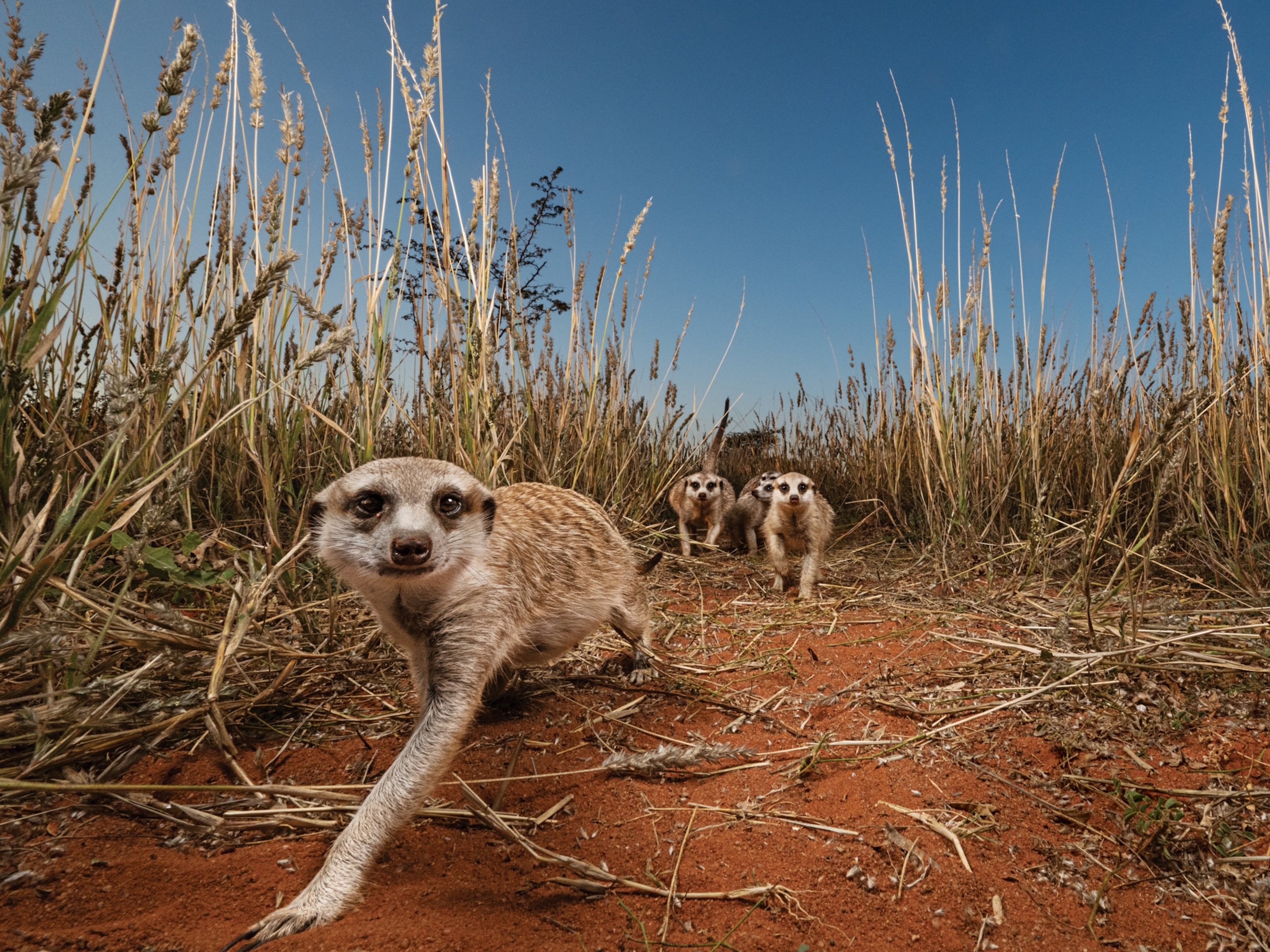
Wolverine to Vanish From U.S. Due to Warming?
Built for the cold, the fierce wolverine may retreat from the mainland U.S. due to global warming, a new study says.
The wolverine may have finally met an enemy it can't claw past: The fierce creature is at risk of being KO'd by climate change, a new study says.
Built for the cold, wolverines make their homes mostly in the northern forests and tundras of North America, Europe, and Asia. The carnivores are rarely found in places where temperatures get higher than 72 degrees F (22 degrees C).
During winter, the animals' thick, oily fur serves as insulation, while large, padded paws help them run across deep snow. In the spring, wolverines build dens in the lingering snowpack to shelter newborns.
Currently about 15,000 or more wolverines are believed to roam Canada, and an unknown number reside in Alaska. Only a few dozen to a few hundred are believed to live in the contiguous United States, almost all of them in the mountains of Wyoming, Idaho, Montana, and Washington State.
The new study shows that climate change might endanger wolverines in the mainland U.S. by eliminating springtime snow and significantly increasing summer temperatures. (Related pictures: "Ten U.S. Species Feeling Global Warming's Heat.")
The U.S. Fish and Wildlife Service announced in December that the wolverine warrants protection under the Endangered Species Act, but the agency delayed an official listing, because other species were given higher priority.
Concerned about wolverine numbers, "the Colorado Division of Wildlife is also considering whether or not to reintroduce large numbers of wolverines in the state to help reestablish their populations," said study leader Synte Peacock, a climate scientist with the National Center for Atmospheric Research (NCAR) in Boulder, Colorado.
Wolverines to Retreat as Snow Melts?
Using advanced climate simulations running on an NCAR supercomputer, Peacock analyzed three possible future scenarios for the U.S. Northwest based on low, medium-low, and high greenhouse gas emissions.
The model showed that present-day wolverine habitat would have no snow cover during many springs after 2050 in both the high scenario, in which greenhouse gas levels continue to rise unabated, and the medium-low scenario, in which emissions rise slightly until 2040 and decline sharply toward the end of the century.
Springtime snow cover remained similar to present-day levels only in the low scenario, in which carbon dioxide emissions stay at present-day levels until 2020 and decline to zero by the early 2080s.
"That fast drop in spring snow cover was a real surprise to me, and it's something you see even in a pretty moderate scenario," Peacock said. Without spring snow, wolverines would have to adpat very rapidly to find new ways of sheltering their young.
Summer temperatures also might increase radically across wolverine habitat in the mainland U.S. In the high and medium-low scenarios, maximum summer temperatures were projected to frequently exceed 90 degrees F (32 degrees C) by the end of the century.
Although it's unclear exactly how wolverines would respond to such changes, the new simulations suggest that the very low numbers of wolverines currently living in the contiguous U.S. would likely decline further in response to habitat deterioration, she said.
"It's very uncertain whether or not wolverines can continue to survive in the contiguous United States," Peacock said.
The wolverines-and-warming study was published online January 25 by the journal Environmental Research Letters.



